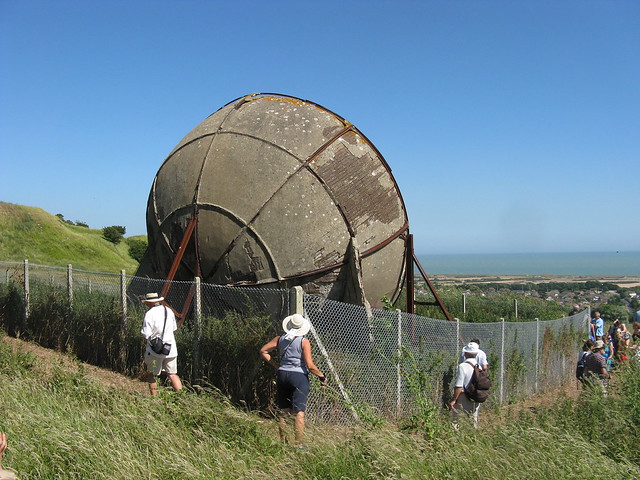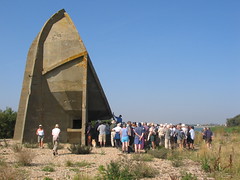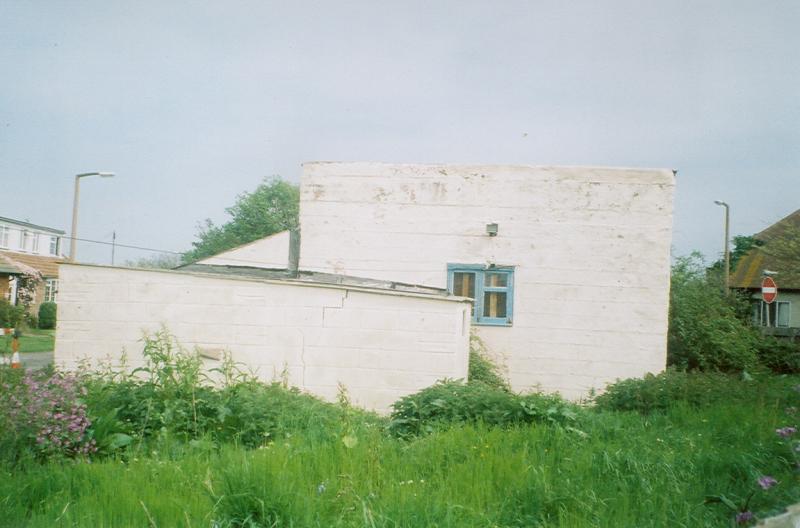The £68,000 restoration of the First World War sound mirror at Fulwell in Sunderland was completed with an unveiling ceremony on 9 June 2015.
Fulwell Acoustic Mirror is a 4m high concave concrete dish, constructed on the coast at Fulwell, Sunderland. Completed in 1917, it was designed to act as an acoustic early warning system against air raids, after a bomb dropped by a Zeppelin over the Wheatsheaf area of Sunderland in April 1916 left 22 people dead and more than 100 injured.
After many years of neglect the acoustic mirror’s crumbling condition led to the structure being included on the Historic England (previously known as English Heritage) Heritage at Risk register. This triggered a partnership between Sunderland City Council, Historic England and the Heritage Lottery Fund programme Limestone Landscapes, which has resulted in a glorious restoration, unveiled today, 9 June 2015.
The mirror worked by reflecting sound detected by a microphone in front of the dish to an operator with headphones who could alert the authorities of approaching Zeppelins. Using sound detection methods learnt in the trenches it was designed to give a 15 minute warning of approaching enemy airships.
In 2013 Sunderland City Council secured funding from Historic England. This, together with money allocated to Limestone Landscape Partnership from the Heritage Lottery Fund (HLF), allowed the rescue to go ahead.
Source: Historic England
Sunderland North Young People under the supervision of Groundwork North East and the city council’s area response team cleared the undergrowth. Beaumont Brown Architects led the design work and supervised the repair and landscaping works. The Archaeological Practice Ltd undertook an archaeological assessment of the site alongside a number of other contractors who were involved in the restoration.
The restoration project used specially developed techniques including the use of diluted sheep droppings(!) to tone in the repair work.
The landscaping scheme includes gravel pathways, grassed picnic areas and a wildflower meadow including poppies. There is an interpretation panel with original artwork.
The Acoustic Mirror at Fulwell was part of a chain of important early acoustic detection devices along the coast of Britain and, as one of only four surviving examples in the North East, it is a rare survivor of our 20th century defences and a witness to the conflict of First World War. This has been a very successful partnership to repair and reveal the mirror’s history. It will take a step towards making sure the acoustic mirror will survive for many more years to come and come off our Heritage at Risk register.
Kate Wilson, Principal Adviser for Heritage at Risk for the North East, Historic England
More details at:


